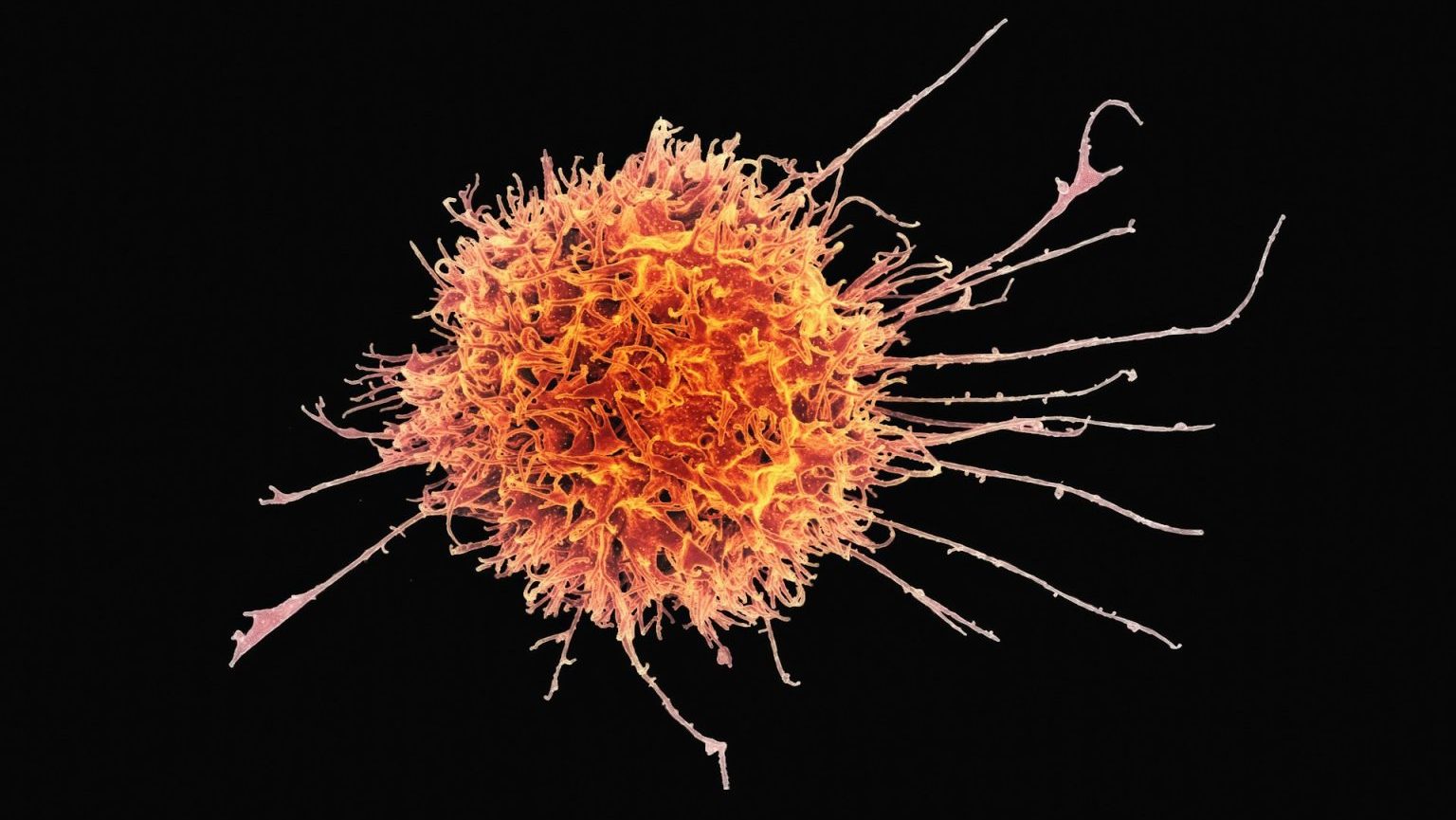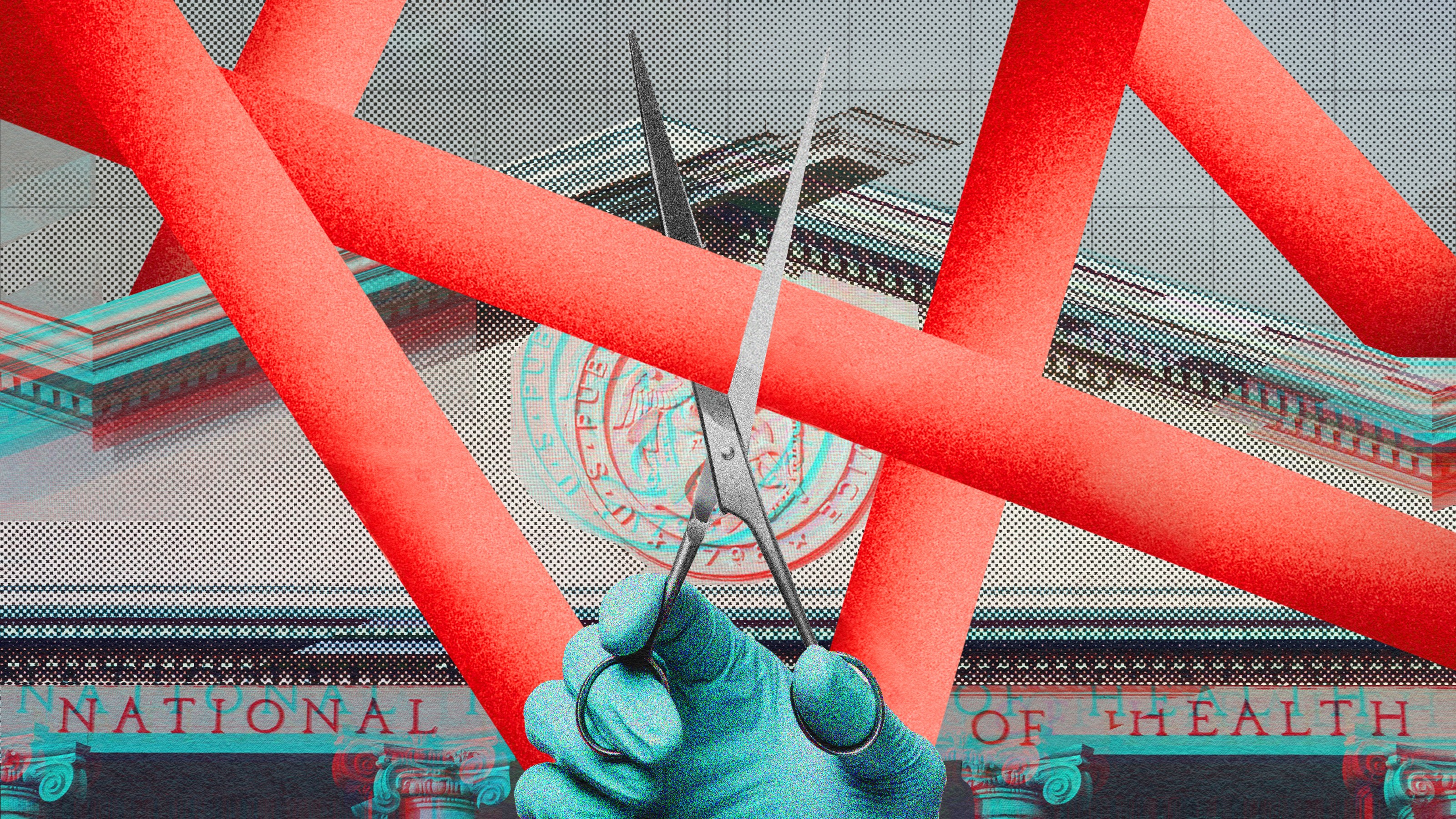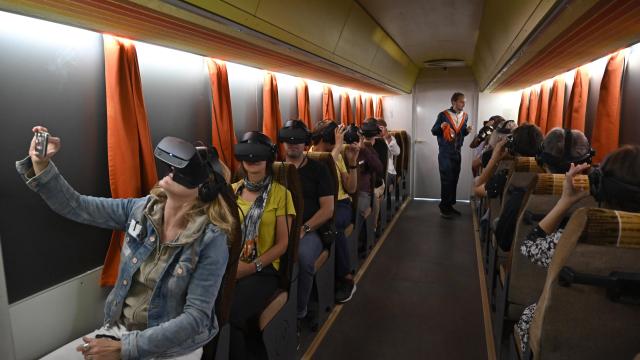No, Science Clearly Shows That COVID-19 Wasn’t Leaked From A Wuhan Lab

It occurred naturally, and scientists know this for certain.
Starting in late 2019, a novel strain of coronavirus, SARS-CoV-2, began infecting human beings for the very first time. Discovered in samples of patients that were reporting pneumonia-like symptoms in late 2019 but without an identifiable origin, no human had ever reported knowledge of or contact with the novel coronavirus SARS-CoV-2: the virus behind COVID-19. Subsequently, outbreaks, epidemics, and eventually an entire global pandemic ensued; at present, over 165 million people have been infected worldwide, resulting in nearly 3.5 million confirmed deaths thus far.
For many years, virologists, disease ecologists, and many other medical and biological researchers had been predicting that it was only a matter of time before the next pandemic arrived, including details such as how it would arise and what the most effective strategies for combating it would be. Despite the enormous scientific knowledge humanity has gained, however, an unfounded conspiracy theory about the virus’s origin has gained a lot of traction: that it was genetically engineered with the purpose of infecting humans, that it was leaked from the Wuhan Institute of Virology, and that’s where it came from. Most recently, disgraced journalist Nicholas Wade has penned an error-filled, misleading piece promoting this nonsense, but the science tells a different story.
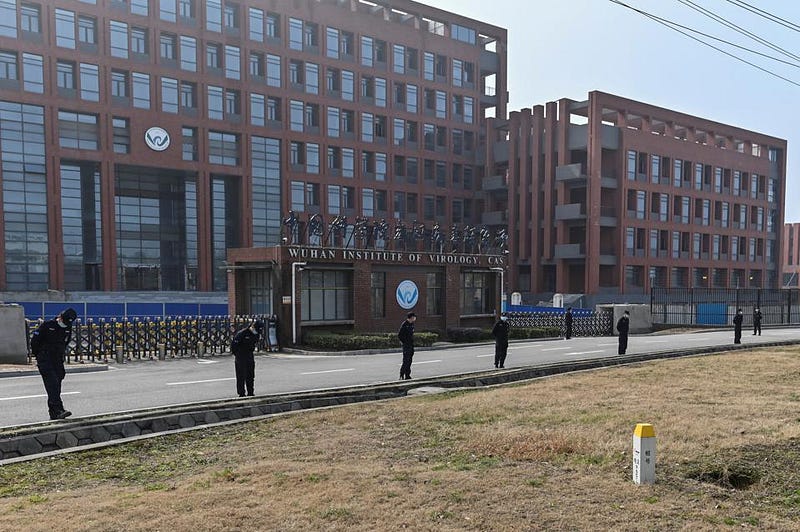
The conspiracy, of course, is that China, and specifically the Wuhan Institute of Virology, genetically engineered this novel strain of coronavirus, SARS-CoV-2, to specifically wreak havoc on human populations. Depending on which particular incarnation of this conspiracy you listen to, it can involve:
- Dr. Fauci was behind it all, using NIAID to fund EcoHealth Alliance, which then funded Wuhan, which then created SARS-CoV-2,
- that secret documents from the Chinese government dating back to 2015 indicate a plan to engineer a virus that could launch a global pandemic,
- that Dr. Zhengli Shi, the chief scientist for emerging disease at the Wuhan Institute of Virology, engineered this virus with a furin-like cleavage site, in order to be specifically infectious to human ACE2 receptors,
- or that the specific mutations that encode arginine (instead of the more typical tyrosine in this instance) in coronaviruses are a “smoking gun” for the engineered hypothesis.
Those are the claims — some with a grain of truth behind them, others which are completely bogus — being made against the natural origins of SARS-CoV-2, the virus that causes COVID-19. Now that we know what’s being claimed, let’s take a look at the actual truth.
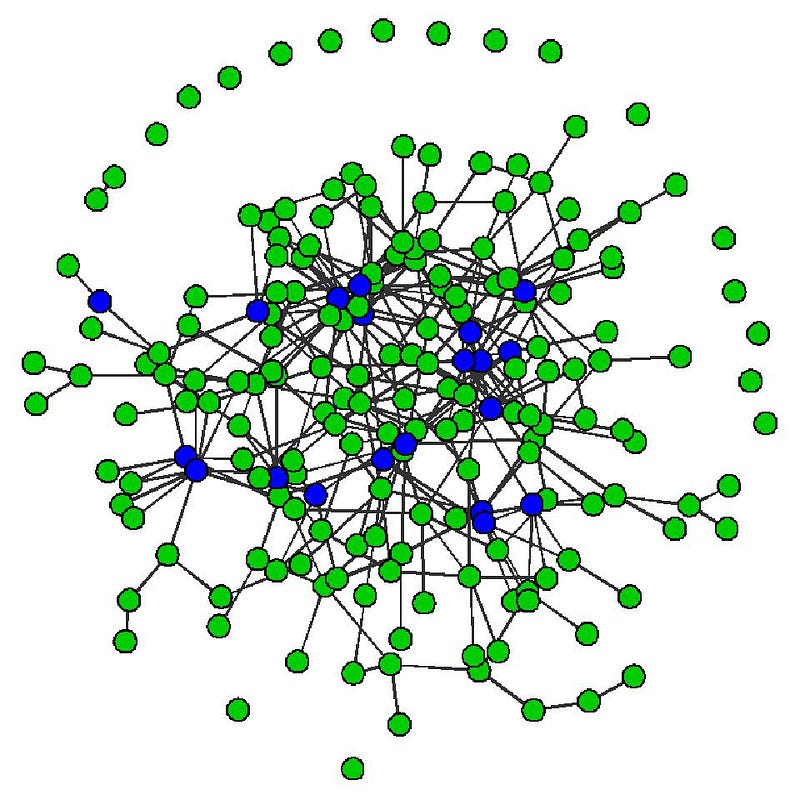
For more than a decade, virologists, immunologists, and infectious disease specialists have been writing — in field-standard textbooks on the subject — about how the next global pandemic will likely occur. As the human population continues to grow, humans will continue to encroach on territory previously inhabited solely by animals. Now operating within these shared spaces, animal-human contact is inevitable, and that leads to the potential of disease transmission between animals and humans.
Given that mutations occur, it’s only a matter of time before a disease that’s catastrophic for humanity leapt from animals to humans, and then it would be up to humanity to mitigate the spread and severity of the outbreaks, epidemics, and pandemics that would ensue. These events, known as zoonotic events, have happened countless times over human history. Contact between humans and chimpanzees is what led to HIV first appearing in humans. Animal farming with pigs and birds has led to the pandemics of swine and bird influenzas. The idea that SARS-CoV-2 originated in animals and then leapt to humans isn’t an exotic explanation; it should be the default hypothesis.
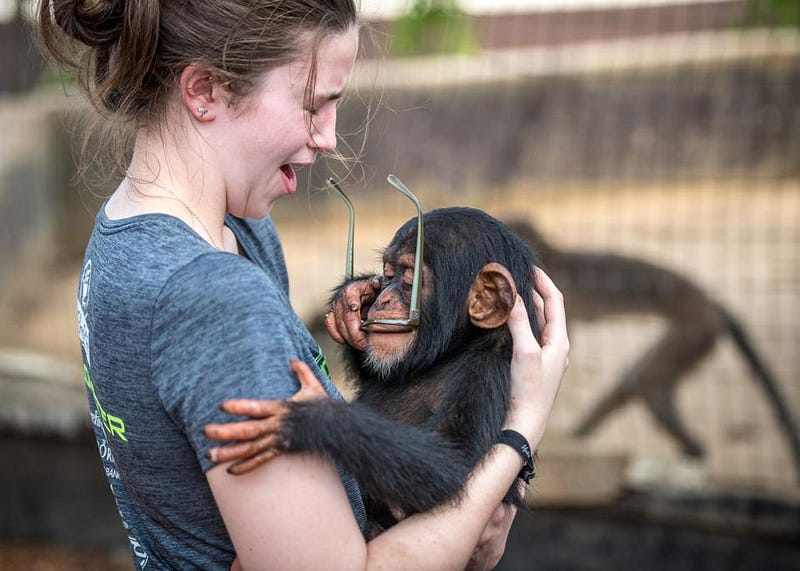
The alternative consideration is that this virus was created. This has a germ of truth, in the sense that humans have been “creating” novel organisms through genetic engineering for many years. Typically, this involves inserting genetic sequences that encode some structure, function, or protein into an organism, or otherwise altering its genome to produce a desired result. There’s even the prominent ability to reverse-engineer a deadly disease from pandemics past, like the 1918 “Spanish flu,” which was the last pandemic to infect over 100 million people in such a short time period. (Despite the scientific benefits of learning how flu viruses adapt to humans and cause pandemics, as well as the potential of increasing vaccine stockpiles, this research has been highly controversial for fear of weaponization.)
The science of what can be done in virology, with modern techniques, is quite impressive. But what the conspiracy attests must have happened reaches far beyond the capabilities of even the most advanced research teams in the world.
The first red flag that should leap out at you, but perhaps only if you have some knowledge of virology to begin with, is the very idea that you could “know” what certain mutations would do — i.e., that you’d know what you’d create and what effect it would have on humans — without extensive testing in humans themselves.
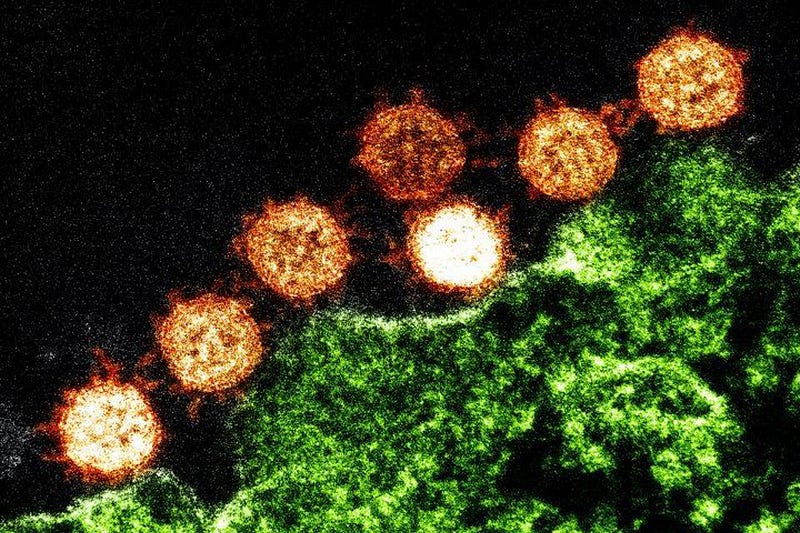
For COVID-19, for example, we know that:
- among the infected, asymptomatic cases represent a significant percentage of total cases,
- while severe cases are relatively rare: 14% of total cases,
- and critical cases, where respiratory failure, shock, or multi-organ dysfunction occurs, represent just ~5% of total cases,
- and that only 2.3% of total cases are fatal, with every single documented fatality occurring among the critical case population.
This means, right off the bat, that if SARS-CoV-2 were engineered for the purpose of infecting and severely harming humans, it would have had to have been tested in at least hundreds of human subjects in order for scientists to know how effective it was. While we do have the ability to manipulate the genomes of viruses, or any other organism, for that matter, what we don’t have the ability to do is to know how that will translate into effects of the virus in human (or any living) subjects.
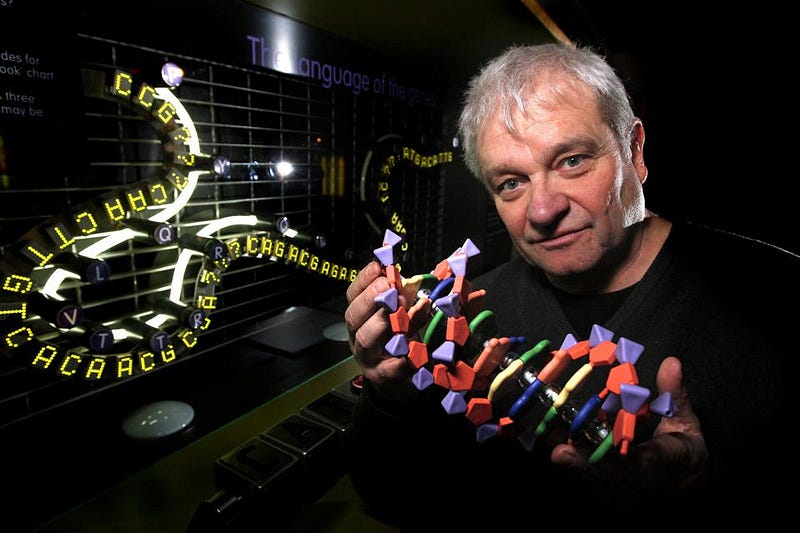
Imagine that you have the tools, technology, and capability to change which amino acids are encoded by a genetic sequence. The entire SARS-CoV-2 genome, for example, has about 30,000 base pairs in it, and it only takes 3 consecutive base pairs to encode a single amino acid. There are 20 amino acids used in life processes on Earth, and there are typically two-to-four combinations of possible base pairs that can encode one of these amino acids.
There’s no technological reason why a researcher couldn’t have switched the codons for one amino acid, like tyrosine, into the codons for another one, like alanine. But then what? You can’t make a virus more deadly — or, at the very least, you have no way of knowing what that switch would do to the virus — by switching out one amino acid for another. No virologist living today has that knowledge; that’s not how this scientific field works. Without intensive and extensive studies of the virus in human beings, which we know we need because of the inherent genetic variabilities in human populations, we cannot predict what the resultant effects in humans will be.
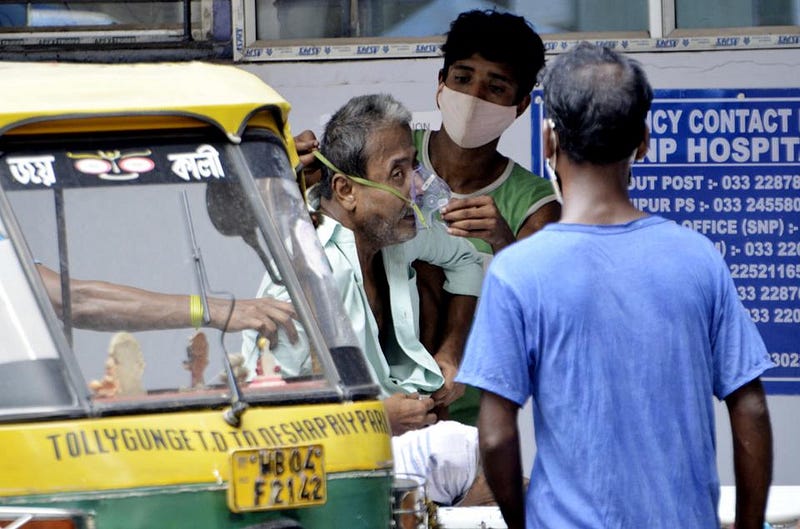
Genetically, there are many reasons to think that SARS-CoV-2 occurred naturally.
- The Wuhan Institute for Virology was studying bat viruses: RaTG13, to be specific. This bat virus is not a direct ancestor of SARS-CoV-2.
- The first cases of COVID-19 in humans occurred in two places: linked to a wet market near the Wuhan Institute, and in more distant, rural areas where contact between humans and wild animals are common.
- None of the staff at the Wuhan Institute were infected with SARS-CoV-2; they were PCR/antibody negative, which should be disqualifying for the lab leak hypothesis.
- And, perhaps most importantly, the idea that SARS-CoV-2 was “perfectly adapted to humans” on first emergence is untrue; this variant appears to be a “generalist” virus.
The thing is this: there are all sorts of reasons behind why mutations occur. There are very common ones, like point mutations, deletions, or insertion mutations. But there are other types of mutations that occur as well: duplications, inversions, deletion-insertion combinations, and repeat expansions, among others. Finding an uncommon type of mutation in SARS-CoV-2 is no more evidence that a human intervened than it is to claim divine intervention for a human born with six digits on their hands and/or feet.
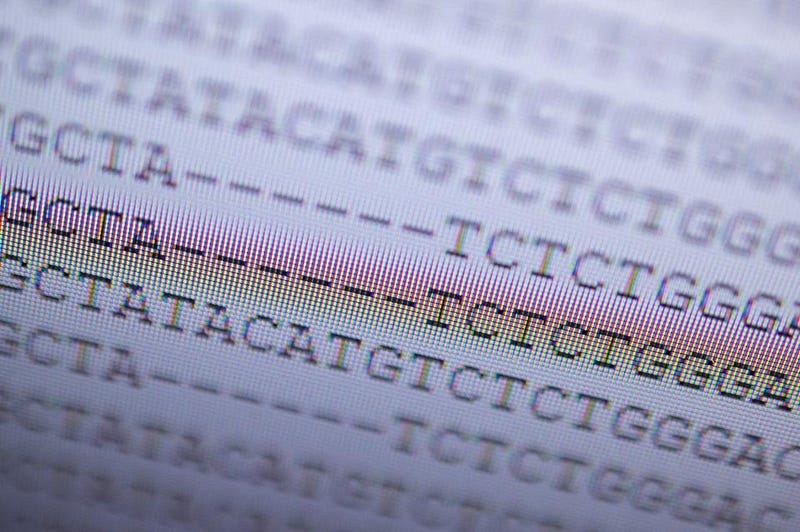
Many of the other “points” that lab-leak advocates bring up in a Gish Gallop of arguments are easily refuted by actual scientific studies.
What about the fact that they didn’t find the intermediary host that enabled the jump to humans? It’s true, they found the original intermediary for SARS after just 4 months, and the intermediary for MERS after 9 months. But finding intermediary hosts for most viruses, even most pandemic viruses, are often unsuccessful. SARS-CoV-2 is nothing special in this regard.
What about the fact that this virus, unique among viruses in this particular genus, possesses a furin-like cleavage site? Furin cleavage is critical to many viral diseases: HIV, Ebola, and Influenzas H5 and H7. These sites occur in many genera of coronavirus, and in betacoronavirus (which SARS-CoV-2 is) in general. A recent study shows that these sites occur naturally in coronaviruses.
What about China’s plan to “unleash the coronavirus” on the world? In 2015, a conspiracy theory was published, in Chinese, claiming that the United States genetically engineered the original SARS virus as a biological weapon against China. This conspiracy has morphed through a network of Rupert Murdoch-owned publications to reverse the perpetrator and the victim, but there’s no story there at all.
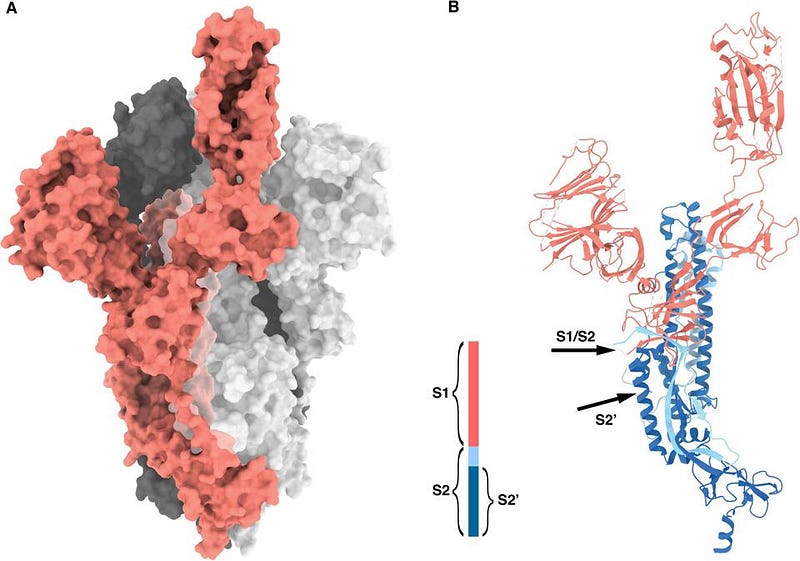
It might seem like there’s no harm to claim, as some scientists have done, that we ought to be more fully investigating SARS-CoV-2 to determine its origin, and that means not ruling out the possibility that it was created in a lab and leaked out. But the downside to performing that sort of investigation is twofold.
First, seriously considering this shocking, ill-founded accusation serves to further undermine the autonomy and academic freedom of researchers around the world who work in highly specialized fields. As Zhengli Shi, the chief scientist for emerging disease at the Wuhan Institute of Virology, wrote,
“The hypothesis of a lab leaking is just based on the expertise of a lab which has long been working on bat coronaviruses which are phylogenetically related to SARS-CoV-2. This kind of claim will definitely damage the reputation and enthusiasm of scientists who are dedicated to work on the novel animal viruses which have potential spillover risk to human populations and eventually weaken the ability of humans to prevent the next pandemic.”
But the second reason is truly chilling: the reason so many people have died is because of a global political failure to respond appropriately. Attempting to shift the blame onto the very scientists who have been instrumental in understanding and combating the virus is a tactic straight out of Operation Himmler, and must be opposed by the entire scientific community in full force.
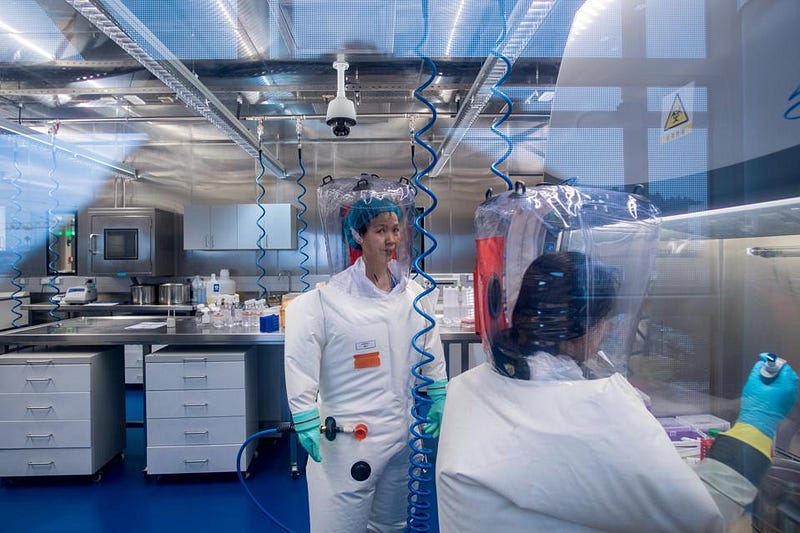
One of the most challenging obstacles that scientists face in trying to communicate what they do is people’s stubborn resistance to a basic truth about the natural world: no one is in charge. There is no one at the controls; no one responsible for what nature does; no one in charge of mutation or natural selection in this world. Nature simply does what it does according to the physical laws that govern it, and all we can do to help navigate the human enterprise through it is to understand it and act according to the best recommendations that human knowledge has to offer.
Conspiracy theories like the lab leak hypothesis might sound compelling and inviting to us. After all, how much more comforting would it be to know that just a handful of evil people — not the politicians who sacrificed their constituents, but rather some imaginary “mad scientists” laughing maniacally in their lair — were ultimately responsible for the tragedies of the past 18 months? Fortunately, as scientists, we are not guided by comfort, but rather by the pursuit of truth and accuracy, based on the best knowledge we can obtain. Despite what many prominent voices would have you believe, the virology is open-and-shut: there is no compelling reason to believe that SARS-CoV-2 originated in a lab.
Starts With A Bang is written by Ethan Siegel, Ph.D., author of Beyond The Galaxy, and Treknology: The Science of Star Trek from Tricorders to Warp Drive.


